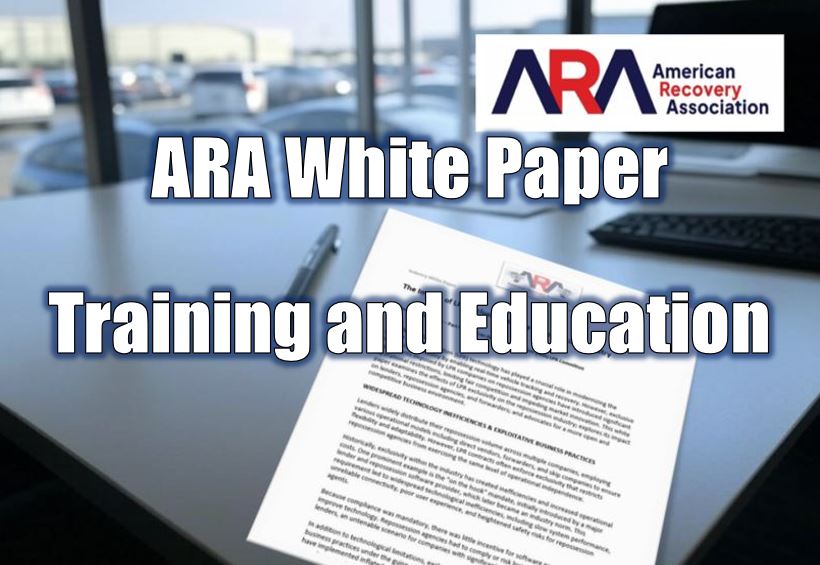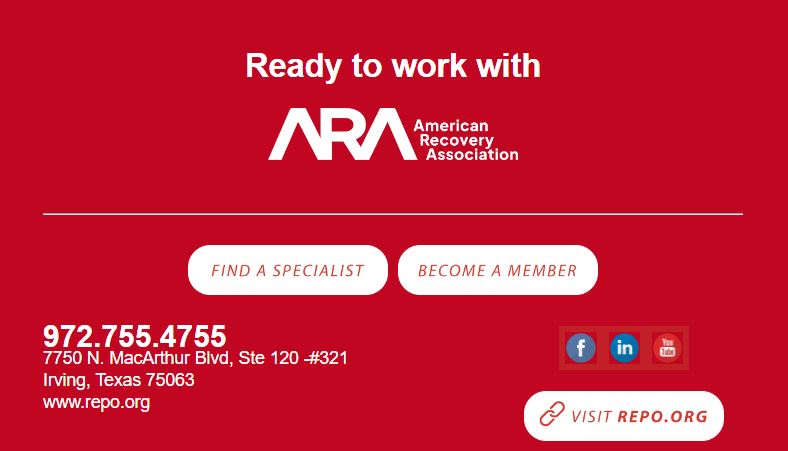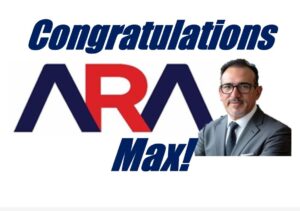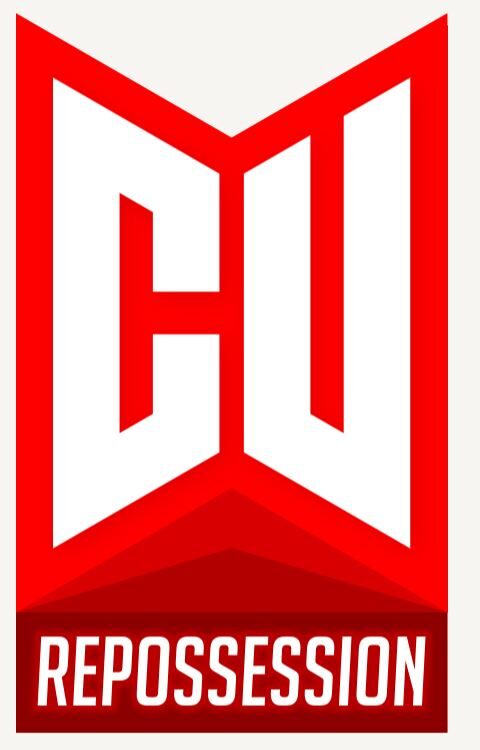“We perform the most invasive task allowed under the Constitution without a Court Order.”
Even though many recovery companies are small businesses by any standard, training and general business education remain critically important. According to a recent survey:
- 57% of employees seek employers who provide training.
- 52% consider ongoing training essential for long-term employment.
Training and development offer numerous advantages:
- Improved employee performance
- Increased job satisfaction
- Enhanced skills and knowledge
- Better retention rates
Ultimately, these contribute to greater organizational productivity and competitiveness.
In addition, training improves emotional intelligence, critical thinking, and situational awareness—all essential for agent and consumer safety.
The Need for Standardized Training
The collateral recovery industry needs standardized training and education programs. These standards are the keys to:
- Consumer protection
- Compliance
- Agent safety
- Reduced legal issues and insurance claims
But these initiatives must start from the top:
A culture that rewards safe, thoughtful, and compliant behavior must be embedded at all levels of the organization.
Benefits of Training and Development
For Employees
- Improved Job Performance
Address skill gaps and improve performance through targeted training, from task basics to advanced soft skills. - Increased Job Satisfaction
When companies invest in employees, morale and satisfaction increase. - Opportunities for Advancement
Training creates clear career paths and prepares staff for promotions. - Enhanced Skills and Knowledge
Ongoing learning helps employees thrive in their current roles and beyond. - Increased Confidence
Training improves confidence by solidifying understanding of tasks and processes. - Greater Resource Access
Educated employees are more self-sufficient and less reliant on others. - Leadership Potential
Well-trained employees can take on mentoring roles and lead teams more effectively. - Higher Productivity
Targeted skill-building improves work output and efficiency.
For Organizations
- Improved Productivity & Efficiency
Skilled employees get more done in less time with fewer errors. - Reduced Costs
Proper training reduces mistakes, rework, and employee turnover. - Stronger Workforce
A trained workforce is more resilient and adaptable. - Higher Retention Rates
Investing in employee development keeps top talent on board longer. - Better Employee Engagement
Employees are more invested when development is prioritized. - Greater Innovation
A learning culture sparks creativity and new ideas. - Alignment with Business Goals
Training helps employees contribute more effectively to organizational success. - Enhanced Reputation
Companies known for robust development programs attract top-tier candidates. - Uniform Work Processes
Training ensures consistency and high-quality outcomes across teams. - Reduced Supervision Needs
Trained employees require less oversight, freeing up managerial resources. - Internal Promotions
Promoting from within is easier when your talent pool is well-prepared.
Types of Training Programs
- Management Training
Prepares employees for leadership and senior roles. - Sales/Client Relations Training
Essential for maintaining and expanding your customer base. - On-the-Job Training
Introduces new hires to daily responsibilities and job expectations. - Mentorship Programs
Helps entry-level staff gain hands-on experience under supervision. - In-House Training
Delivered by internal experts or external facilitators on specific skills.
Key Training Statistics (2023)
- 59% had little or no workplace training; most skills were self-taught.
- 74% are willing to learn new skills or retrain.
- 87% of millennials value learning and development at work.
- 59% of millennials say training opportunities influence job applications.
- Only 29% of employees are very satisfied with career advancement.
- 74% feel they aren’t reaching full potential due to lack of development.
- 76% of employees say training makes companies more attractive.
- 61% of U.S. adults prioritize development when choosing jobs.
- Companies with strong learning cultures see 30-50% higher retention.
- 70% would leave a job for better development opportunities elsewhere.
- 86% of millennials would stay if training were offered.
Leadership Training Statistics
- 59% of managers (1–2 reports) received no training.
- Nearly 50% of experienced managers received fewer than 9 hours of training.
- Only 42% of critical roles can be filled quickly by internal candidates.
- External hires are 61% more likely to be terminated than internal promotions.
- 60% of millennials want leadership training.
- 67% of Gen X leaders seek more coaching opportunities.
Compliance Training Statistics
- 23% of organizations lack a formal compliance program.
- 12% have an advanced compliance training plan.
- 40% describe their program as basic or reactive.
- Only 70% attempt to measure program effectiveness.
- Noncompliance costs companies an average of $14.82 million annually.
Online Training Trends
- 89% want training available anytime, anywhere.
- 85% want to choose when they train.
- 93% want easy-to-complete training; 91% want it personalized.
- 76% desire more digital skills training; only 44% say employers deliver it.
- 90% of employers favor switching to mobile training formats.
- 33% of workers say their current training is outdated.
Training and Safety in the Recovery Industry
Driver training improves safety significantly. One study showed a 13.1% reduction in crashes for trained drivers within 6 months. In the recovery industry, inexperience and lack of training contribute to:
- Unsafe equipment handling
- Inadequate safety training
- Risk-taking behavior
- Stress and pressure
- Poor supervision
According to OSHA, these are top contributors to workplace injuries.
The Path Forward for the Recovery Industry
The industry has made great progress—but the next step is clear:
We must standardize our training curriculum and content to ensure we provide the safest and most effective environment possible.
At ARA, we believe in training and education for the entire industry. Our commitment is to continue developing comprehensive educational material that spans every level of our profession.
July 9, 2025, by American Recovery Association (ARA)
 About the American Recovery Association (ARA)
About the American Recovery Association (ARA)
The American Recovery Association is the world’s largest association dedicated to the advancement and professional development of the recovery and remarketing industry. ARA provides compliance support, education, and advocacy for hundreds of recovery professionals nationwide. ARA is the founder and host of the annual three-day North American Repossessors Summit (NARS) — the largest repossession conference in the industry. For more information, go to repo.org or call (972) 755-4755.
















Facebook Comments